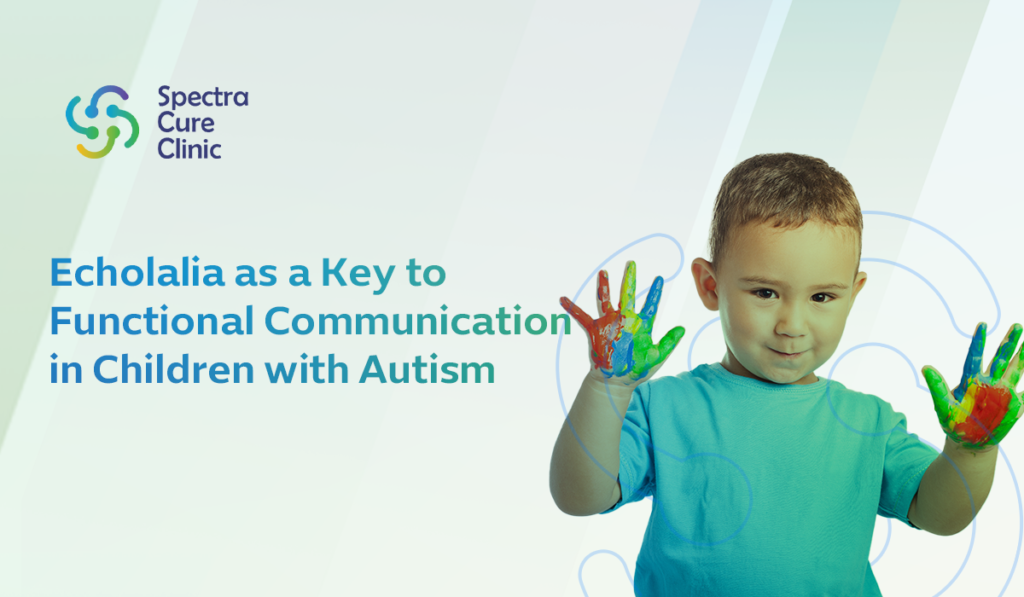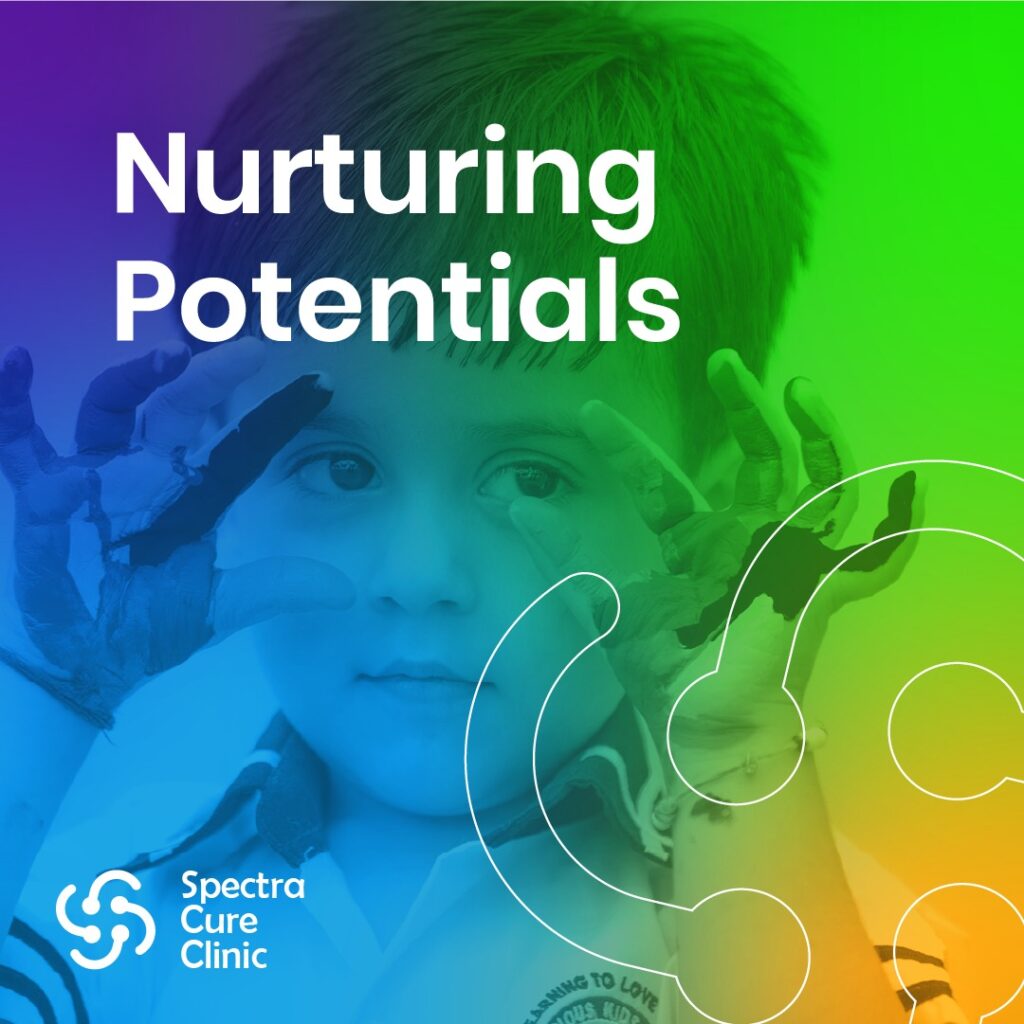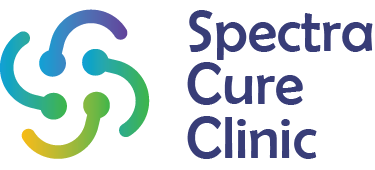
Echolalia as a Key to Functional Communication in Children with Autism
ASD is typically diagnosed between 18 months and 3 years of age, although signs can appear much earlier. Pediatricians and specialists rely on developmental screenings and autism-specific behavioral evaluations to assess symptoms. Diagnosis allows access to essential interventions, such as speech therapy, occupational therapy, and behavioral support, which help children manage their symptoms and reach developmental milestones.Throughout this article we will talk more about each age, early symptoms and more details.
Traditionally misunderstood and sometimes viewed as a behavior to be minimized, recent
studies have shifted this perspective to recognize echolalia’s importance. Far from being a
simple echoing of sounds, echolalia provides children with autism the opportunity to practice
language in context and learn how to express themselves more effectively. This article will
explore how echolalia fosters meaningful communication and will offer practical strategies for
parents and caregivers to support this essential aspect of language development. More details
about echolalia, how we can understand communication challenges in ASD and open new
pathways for connection and understanding.
Moreover, echolalia is also described as “vocal stereotypy, a maladaptive behavior that should
be extinguished or decreased” (Stiegler, 2013). This view raises concerns about the potential limitations echolalia may impose on an individual’s ability to develop spontaneous speech and
authentic expression. Critics argue that relying on repeated phrases can hinder personal growth
and social interaction.
However, it is crucial to strike a balance between these perspectives. Rather than viewing
echolalia solely through the lens of pathology or adaptation, we must recognize its multifaceted
nature. Embracing echolalia as both a developmental tool and an area for growth allows us to
support individuals in harnessing its benefits while also encouraging the transition towards more individualized communication skills. Understanding this duality can lead to more compassionate
approaches in education and therapy that honor each person’s unique journey with language
development.
The Role of Echolalia in Language Development: In the early stages of communication,
children typically imitate the words and phrases they hear from others. For typically developing
children, this stage passes quickly as they move on to generating their own speech. However, in
children with autism, this phase often lasts longer and serves a crucial purpose. According to
the American Speech-Language-Hearing Association (ASHA), echolalia can be a stepping
stone towards functional, independent language use (Stiegler, 2015).
When a child echoes a phrase like “want water” in response to being asked, “Do you want
water?” and then receives the water as he/she requested, they begin associating the phrase with the action done. Over time, they learn that repeating this phrase can get them what they want. With guidance and modeling, this repetitive speech can evolve into meaningful
communication.
Strategies to Support Functional Communication:
- Simplify Language Use: When communicating with children exhibiting echolalia, use short, simple sentences. Avoid complex questions, and instead, offer visual or verbal cues. For example, instead of asking, “Do you want to go outside and play?” hold a ball and say, “Play outside?” This helps the child focus on key words rather than repeating the entire sentence.
- Encourage Non-Question-Based Interaction: Using fewer questions and more comments helps children feel less pressured to respond with repetitive speech. Commenting on shared activities, like saying, “The car is fast,” during play, can prompt the child to respond or imitate meaningful phrases without the expectation to answer a question.
- Model Functional Phrases: Parents and family members can provide models of functional speech during daily activities. For example, during mealtime, saying “I want some juice” or “I like apples” gives the child opportunities to imitate useful language patterns, which they can later use independently.
- Expand the Child’s Echoed Responses: If the child echoes a word like “juice,” expand their statement by saying, “Yes, you want juice. Let’s get some juice.” This practice helps the child learn how to form more complex sentences from their echoed phrases.
Furthermore, echolalia in Autism is a positive developmental Tool
Many caregivers may worry about their child’s use of echolalia, seeing it as a sign of delayed
communication. However, it’s essential to recognize that echolalia is a natural part of language learning and processing, particularly for children with autism.
It allows them to experiment with language in a safe environment, repetitive manner, providing the foundation for later independent speech.
In conclusion, echolalia, though often misunderstood, is a vital part of the communication
process for children with autism. It serves as a bridge between verbal imitation and meaningful,
functional communication. By recognizing its role in language development, parents and
caregivers can create an environment that nurtures growth and understanding.
Implementing strategies such as patience, modeling appropriate language use, and employing
strategic communication techniques can transform echolalia from a mere repetition of phrases
into a powerful tool for expression. With consistent support and encouragement, children can progress beyond echolalic speech to develop their own unique voices. Embracing this journey
not only fosters language mastery but also enhances overall communication skills, allowing
children with autism to engage more fully with the world around them.

Post Views: 1,059

